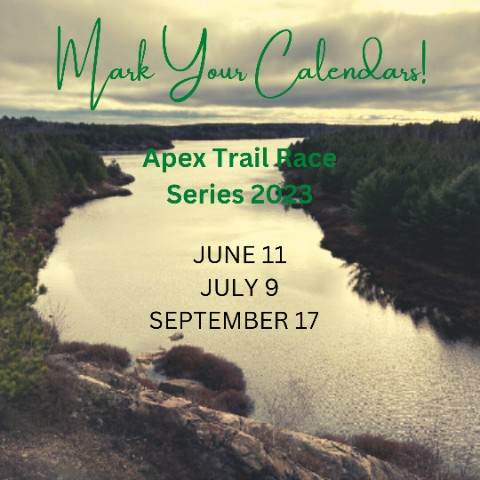To become the best runner
you can be, don’t train with
runners that are worse than you. In this post, I’ll
explain what I mean, why, and who you should be training
with.
Note that the key word
in this post is ‘train’
and not ‘run.’ It’s
perfectly fine to run with worse runners when you’re
not focused on a particular running objective.
________________________________________________________________
Worse runners can be anyone
in your life including close friends, colleagues, family
members and romantic partners. Usually, we run with them
because we want to enhance our relationship with them.
For example, a guy might run a relaxed couple of miles
with his father-in-law to get in his good books and improve
their relationship. Similarly, a girl might run with her
girlfriends to develop a social bond with them.
There’s nothing wrong with these
sorts of runs with worse runners, and I encourage them
as they can serve you very well in life. Sure, if you’re
running for fun with no fixed goal in mind then there
will be no problem because you haven’t got a fixed
speed or distance objective with all its associated progress
to worry about.
The problems arise when you routinely
train with runners that are worse than you when you have
a running goal that you want to achieve like running a
marathon in under 3 hours 30 minutes or achieving a sub-20
5K. Training with worse runners in these situations only
ends in disaster.
Worse runners will
hold you back from your running goals
Running with worse runners, regardless of who they are
and how much you hold them near and dear, they will hold
you back.
You’ll naturally find yourself adapting
to their ability level rather than pushing your limits
to become better. You will also find that you want to
go faster, further and work on your form, but will be
held back by feeling an obligation to stay with your training
partner. After all, who wants to come across as arrogant
and rude by running off into the distance leaving your
partner in the dust?
If you shouldn’t train with worse runners when you
have a set goal to achieve, it should be obvious who you
should train with.
To reach your running goals you
need to train with people that are better than you
One of the best ways to improve as a
runner is to make a habit of training with people that
are better than you. Those superior to your level will
highlight what your weaknesses are, encourage you to keep
up with them during training, and will provide a benchmark
for what you should strive for in your own runner’s
trajectory.
It’s human nature that we adapt
to those around us. If you spend your time training with
runners above your ability, you’ll quickly find
yourself working to match their level of performance.
Overtime, you’ll most likely match their ability
or hopefully surpass it. Great for bettering your running
performance and achieving your goals.
A common saying in the business world
is that you’re the average of the 5 people that
you spend most of your time with. This saying is equally
true in your running life. If you train with worse runners
than you, the likelihood is that you’ll become a
worse runner as you adapt to their level. The opposite
is true for becoming a better runner so it’s well
in your interest to run with those better than you when
you want to achieve a particular goal.
Some people get nervous at the thought
of training with people better than them. We all know
that it can be intimidating to have your weaknesses highlighted
and to be given honest feedback about your current performance.
This anxiety is perfectly natural but
it’s important that you suck it up and make the
decision to train with people that are better than you,
no matter how difficult it may be. Otherwise, you’ll
stay at the same level and your running will likely not
improve. The result will be that your objectives are left
unaccomplished and you will feel like a failure.
The principle of training with
those better than you applies to all areas of life
Training with those better than you as a method of improvement
is something that applies to all areas of life. Here are
a few examples to illustrate the concept.
Imagine you’re learning a foreign
language. You’ve got the hang of the key concepts,
have nailed a good portion of the frequent vocabulary,
and are starting to get your head around the grammar.
You feel you’ve got potential to advance to the
next level and want to take lessons. Who would you go
to for this: a qualified language teacher or one of your
mates who’s just starting on the language learning
journey?
How about this example. You’re due
to give an important presentation at work in front of
a decent-sized audience with important stakeholders in
attendance. Your experience in giving presentations is
limited, and you want to make a good impression, so you
decide to work on your presentation skill. Who would you
ask for advice from, a seasoned public speaker or your
colleague who sits next to you in the office who you know
had once stumbled through a wedding speech?
What about if you’re looking to
hone your techniques on a musical instrument, say the
piano. Would you go to bill down the pub who knows how
to play happy birthday and chopsticks, or would you search
for professional piano tutors near you?
The answers to all of the above scenarios
are obvious. To improve our abilities, we are much better
off seeking the advice, guidance and coaching of those
who are better than us.
These are people that have spent days,
weeks and months of their time honing their craft and
gaining valuable knowledge that you can learn from to
hopefully cut the learning curve in bettering your own
abilities.
The same applies to running. If you want
to achieve a running goal and become a better runner,
you must train with those who are better than you and
cut out training with those worse than you. It’s
simple.
Where can you find runners that
are better than you?
If you don’t have running friends that are above
your level, there are plenty of opportunities to find
decent runners.
Joining a running club if a great way
to find great local runners. These are friendly groups
that meet regularly in your local area with the common
purpose of sharing a love of running and improving. Often,
running clubs will also have trained coaches that can
help push you to the next level.
I’d also recommend regularly participating
in local running events. Joining
and participating in official racing events, like half-marathons,
marathons and 10Ks, is a great way to get exposure to
competitive running whilst having an objective measure
of performance for your distance. I tend to do one race
a month (usually a half-marathon) and book them three
months in advance, so I know I have a programme of races
ahead which motivates me to keep training hard.
|

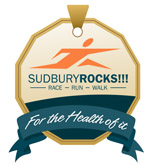
219.jpg)






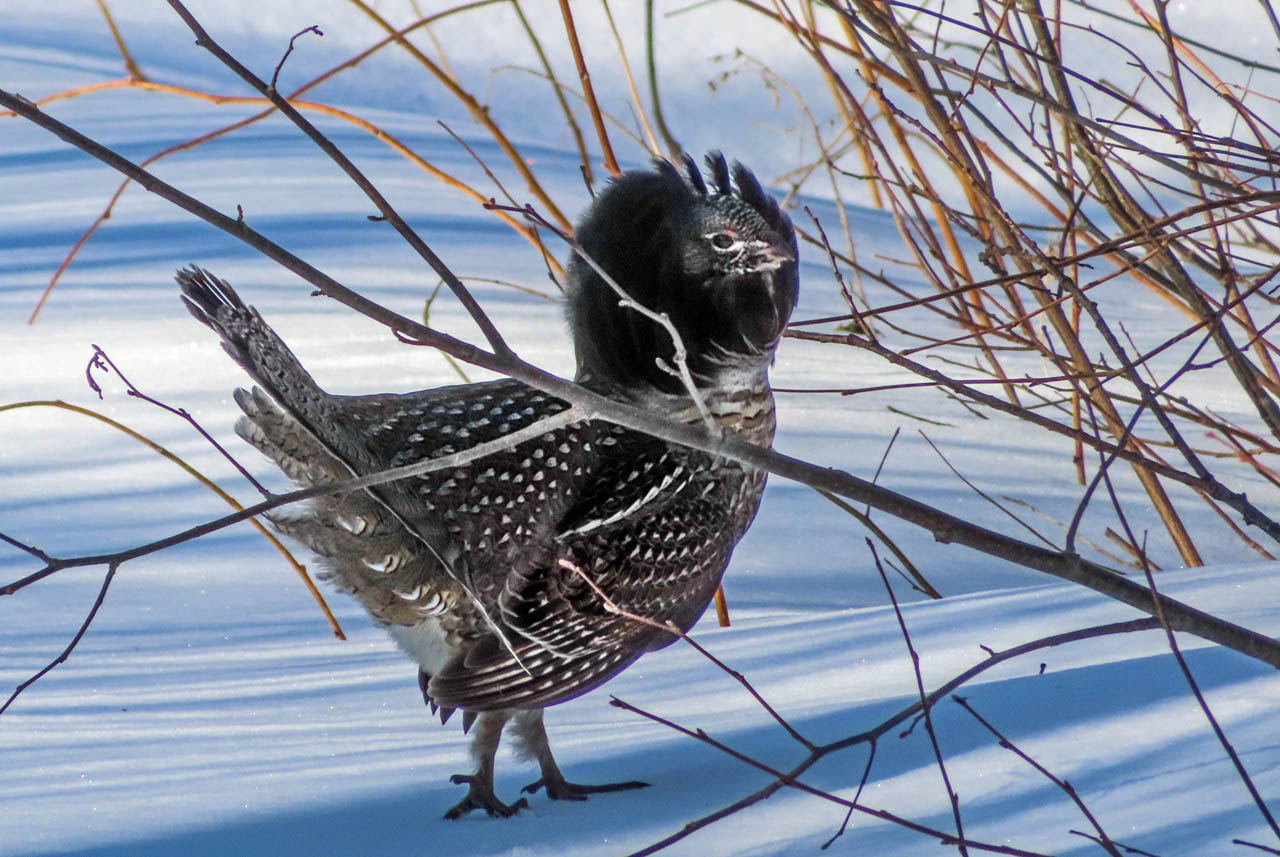





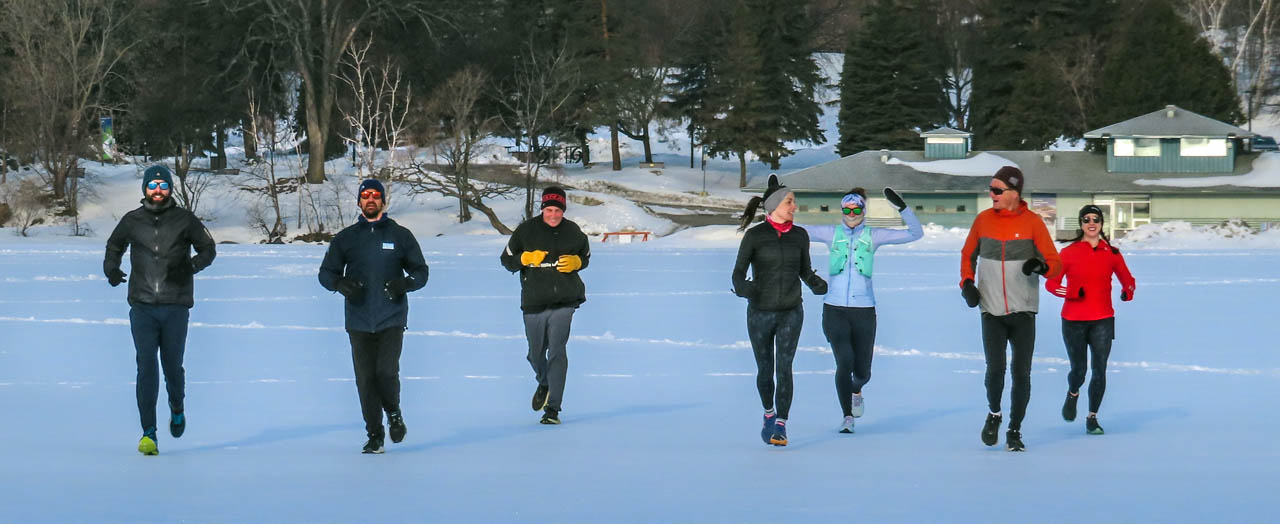
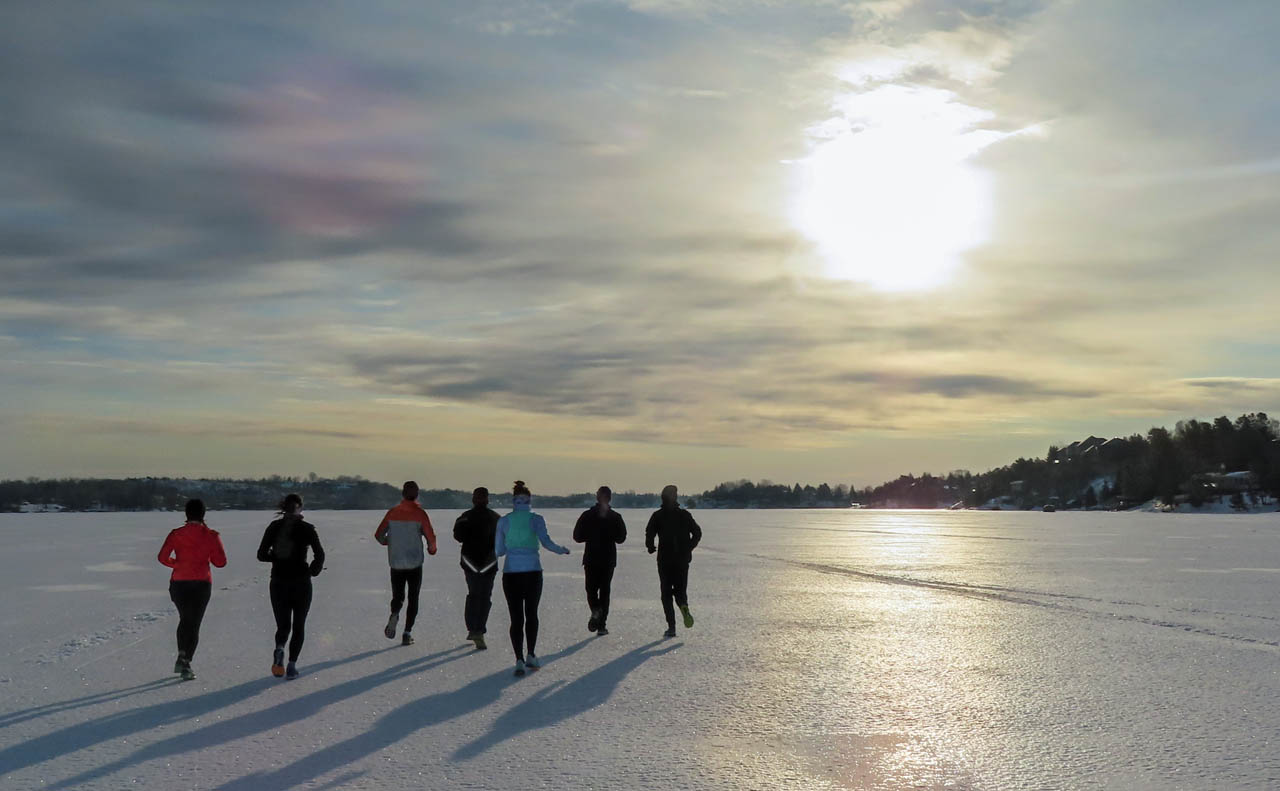
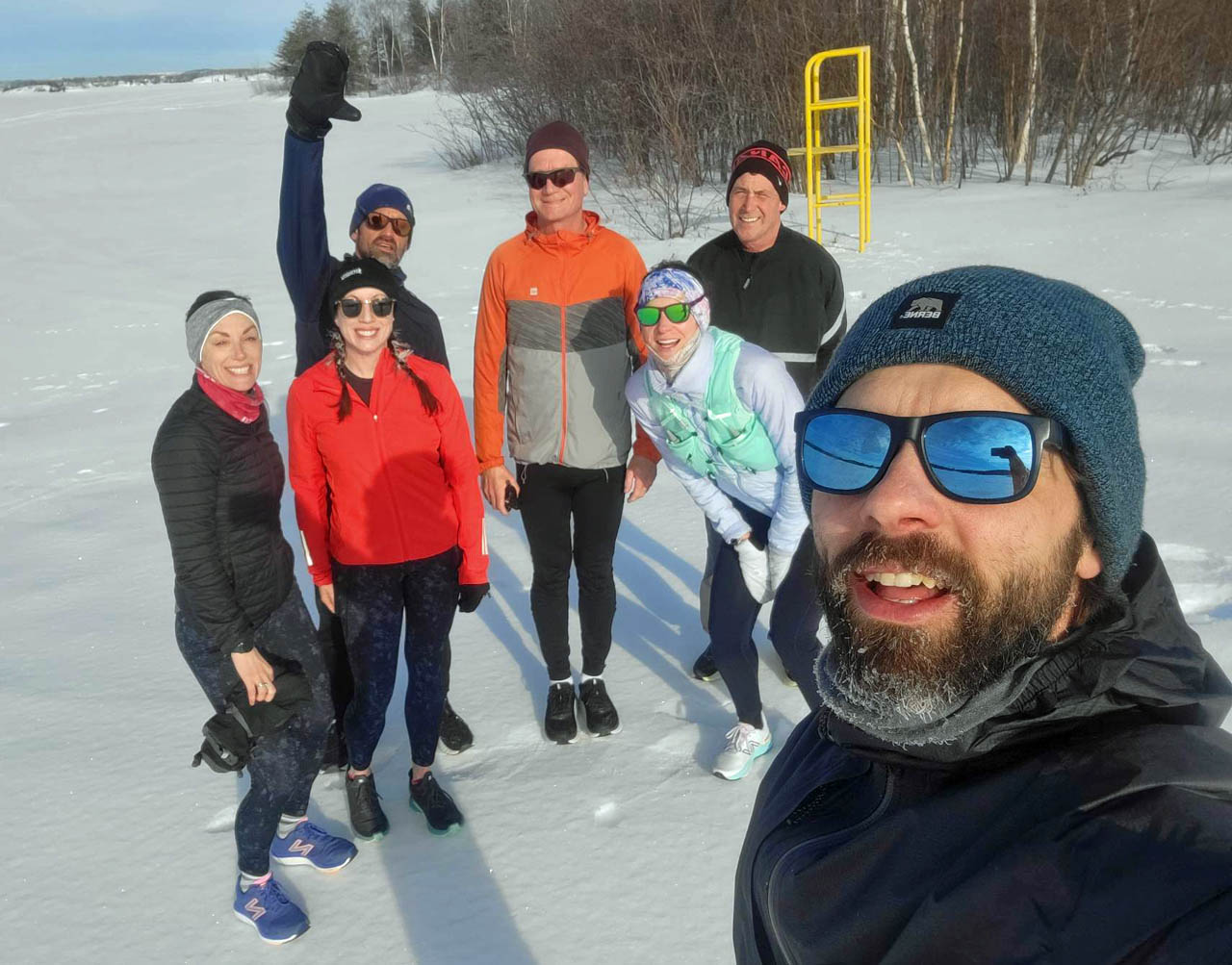
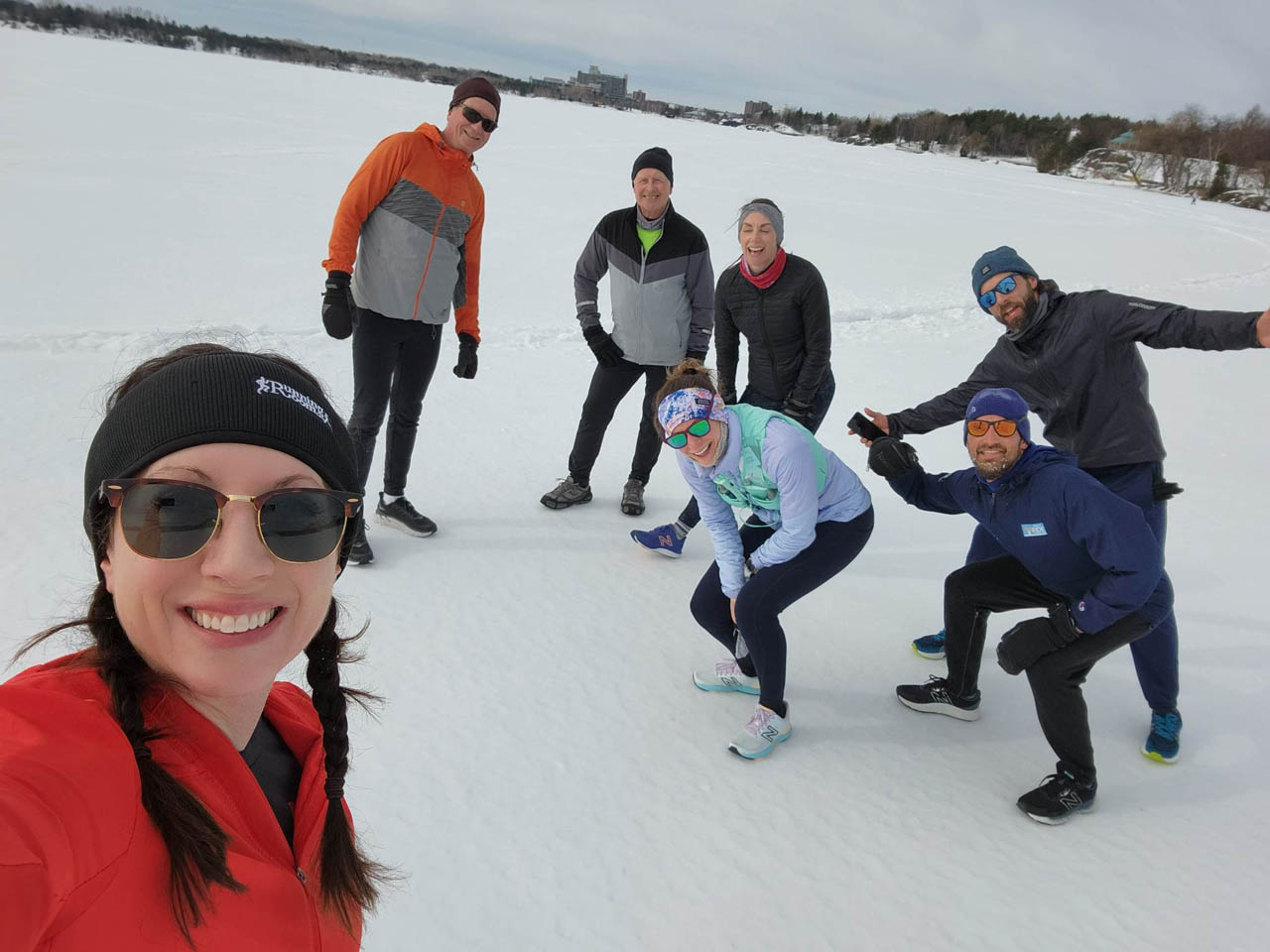



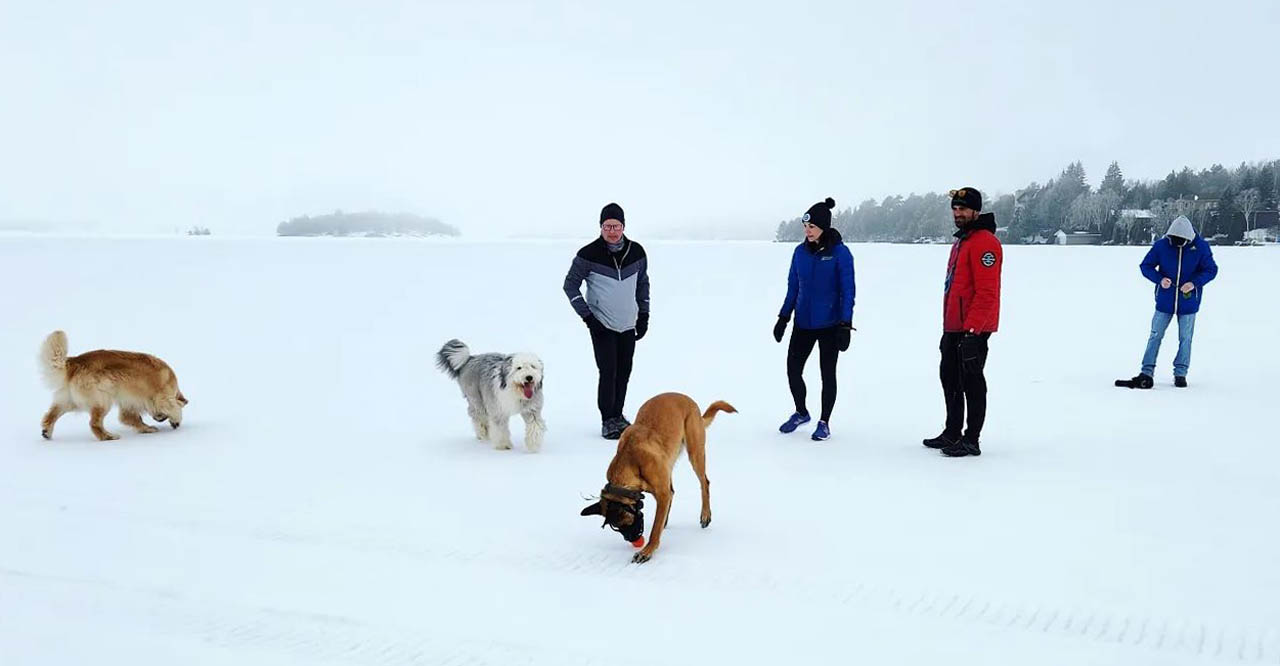

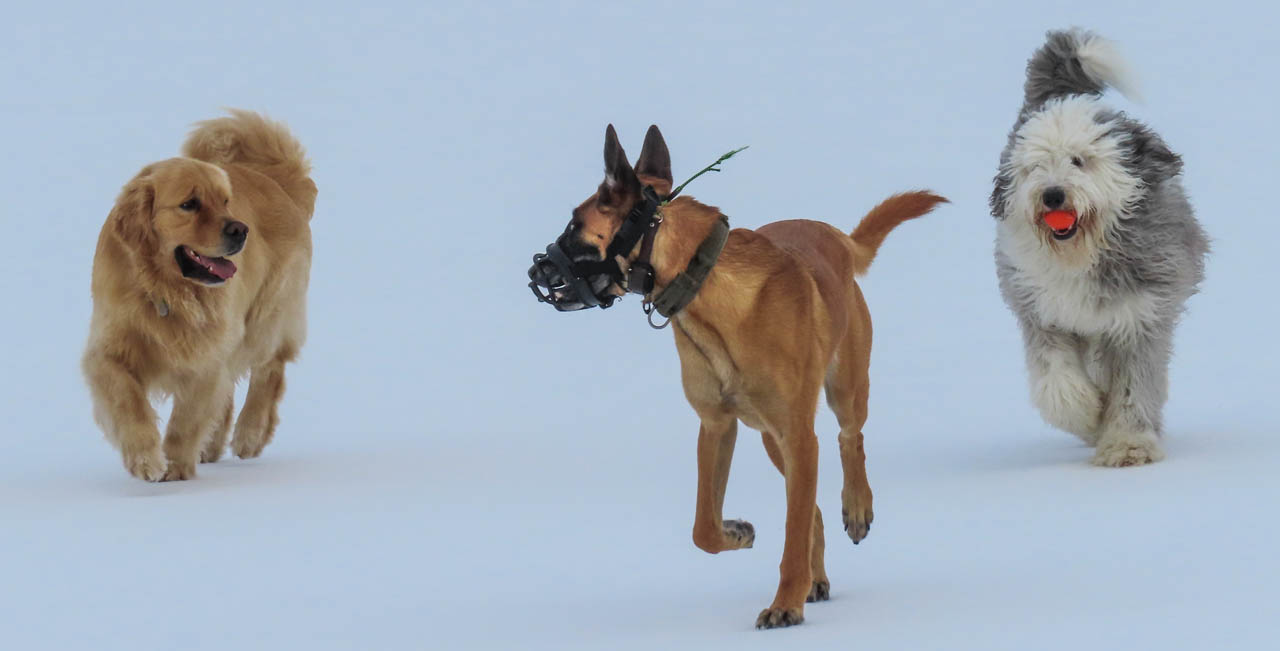

 '
'











